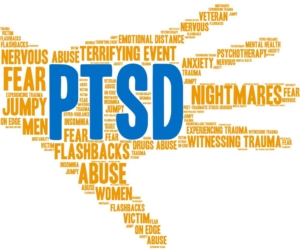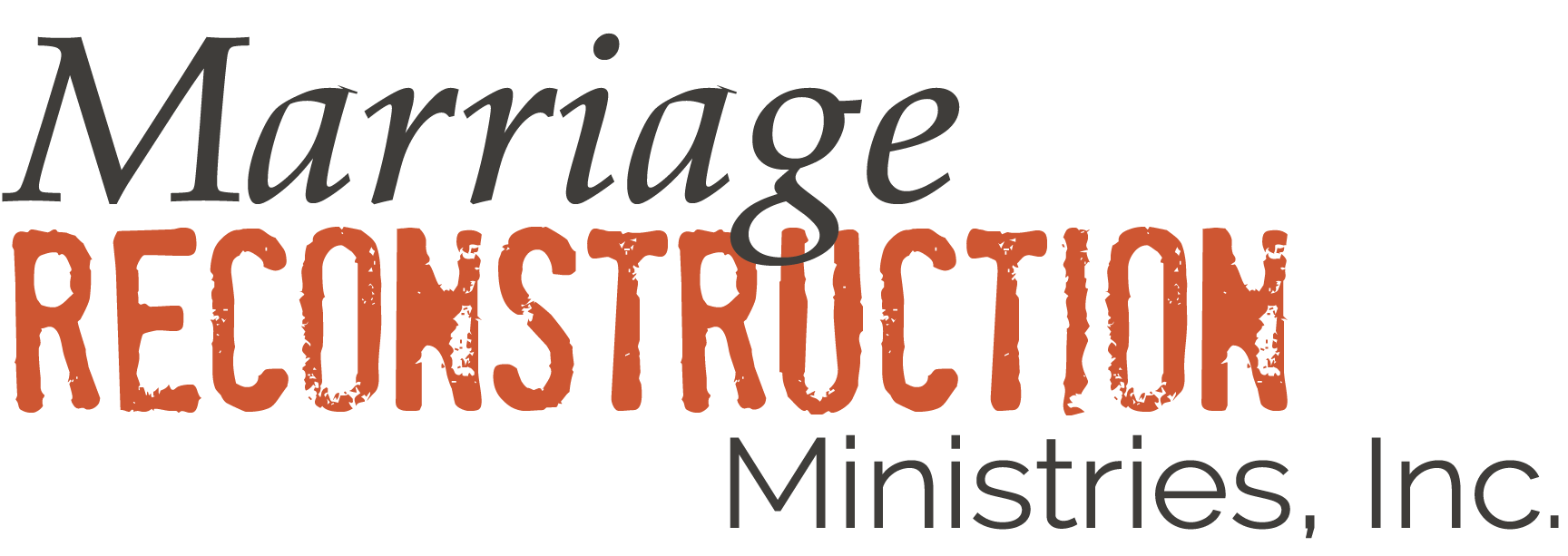Olympic gymnasts Simone Biles, Aly Raisman, McKayla Maroney, and other sexual abuse (SA) victims of former team doctor Larry Nassar are suing the FBI for over $1 billion. Based on the 2021 Justice Department findings, the lawsuit contends that the FBI failed to act after receiving accusations of Nassar sexually molesting gymnasts. The FBI’s failure enabled Nassar to continue his sexual assaults on young women and girls for more than a year.
Why does our society continue to avoid, ignore, and deny the reality of sexual abuse and its long-term effects on its victims?

It’s not just the FBI. Too many institutions, churches, schools, and family systems continue to live in the delusion that “childhood sexual abuse (CSA) doesn’t happen here” and that survivors of sexual abuse should be able to “just get over it and move on.”
We need to reframe how we think about childhood sexual abuse survivors.
The purpose of this blog is to initiate the process of reframing. Part II of this blog will instruct and equip readers to reframe how they respond to survivors.
Reframing our Thinking
During the 1970s, research and clinical practice identified the long–term effects of CSA, phenomena that had been ignored since the 1890s. Further research in the 1990s indicated that CSA incited effects like those experienced by war veterans who experienced war-related trauma. Consequently, SA became recognized as a traumatic event for the victim. Today, post-traumatic stress disorder (PTSD) is a recognized diagnosis among clinicians for many survivors of CSA and SA. CSA involving incest has the most significant risk for traumatization due to its close relationship and typical duration.
PTSD includes three clusters of symptoms:
- Reexperiencing/Intrusion (Examples include intrusive distressing memories, nightmares flashbacks in which the survivor feels or acts as if trauma is recurring.
- Avoidance (Examples include efforts to avoid people and places that arouse distress and the inability to remember an essential aspect of the traumatic event(s).
- Marked alterations in arousal and reactivity associated with the traumatic event (Examples include angry outbursts with little or no provocation, hypervigilance, and exaggerated startle response.)
None of these effects and symptoms go away on their own. These symptoms, if left untreated, can last for decades. Furthermore, CSA survivors experience additional symptoms not included under the PTSD diagnosis. These include self-hatred, shame, identity confusion, and more. These and other distinct factors for CSA survivors require the further designation of Complex Trauma Stress Disorder (CTSD).
One distinction of CTSD from PTSD is the role of the person who inflicts the trauma. A war veteran experiences PTSD from an assault by an enemy. Whereas a survivor of CSA experiences CTSD from the assault, in many cases, by a loved one, family friend, or trusted caregiver, not a perceived enemy. The problem of being abused by someone supposed to care presents a complexity—Complex Trauma—unknown in most other traumas. (Heather Davediuk Gingrich, Restoring the Shattered Self: A Christian Counselor’s Guide to Complex Trauma. Downers Grove, IL: IVP Academic, 2013, pp. 19-23).
The problem of being abused by someone who is supposed to care presents a complexity—Complex Trauma—unknown in most other traumas.
It’s not as simple as “just get over it and move on.”
The trauma of CSA imposes shame, impedes daily functioning, damages the relational building blocks of trust and security, distorts one’s view of God, and warps body image. It leaves the survivor feeling worthless, powerless, abandoned, and hopeless. These disturbing struggles, imposed by the despicable intrusions of the perpetrator, give rise to:
- Social anxiety
- Self-injurious behavior
- Substance abuse
- Depression
- Eating disorder
- Sleep disturbance
- Rage
- Dissociation
- Somatic disturbance
- Panic attacks and more.
The trauma is not a difficulty the survivor can “just get over.” Just as we would never tell a war veteran to “just get over it,” we should never tell this to the survivor of sexual abuse.
When those who counsel and minister to survivors of sexual abuse place the abuse within the framework of PTSD and CTSD, they can learn to offer supportive responses. In my next blog, I will provide information that will equip us to Reframe How We Respond to Survivors of Childhood Sexual Abuse.


Comments
Steve Petry
Thanks Bill. Excellent article. I experienced trauma and abuse as a child from an alcoholic father. It wasn’t sexual but It’s still negatively affected my life.